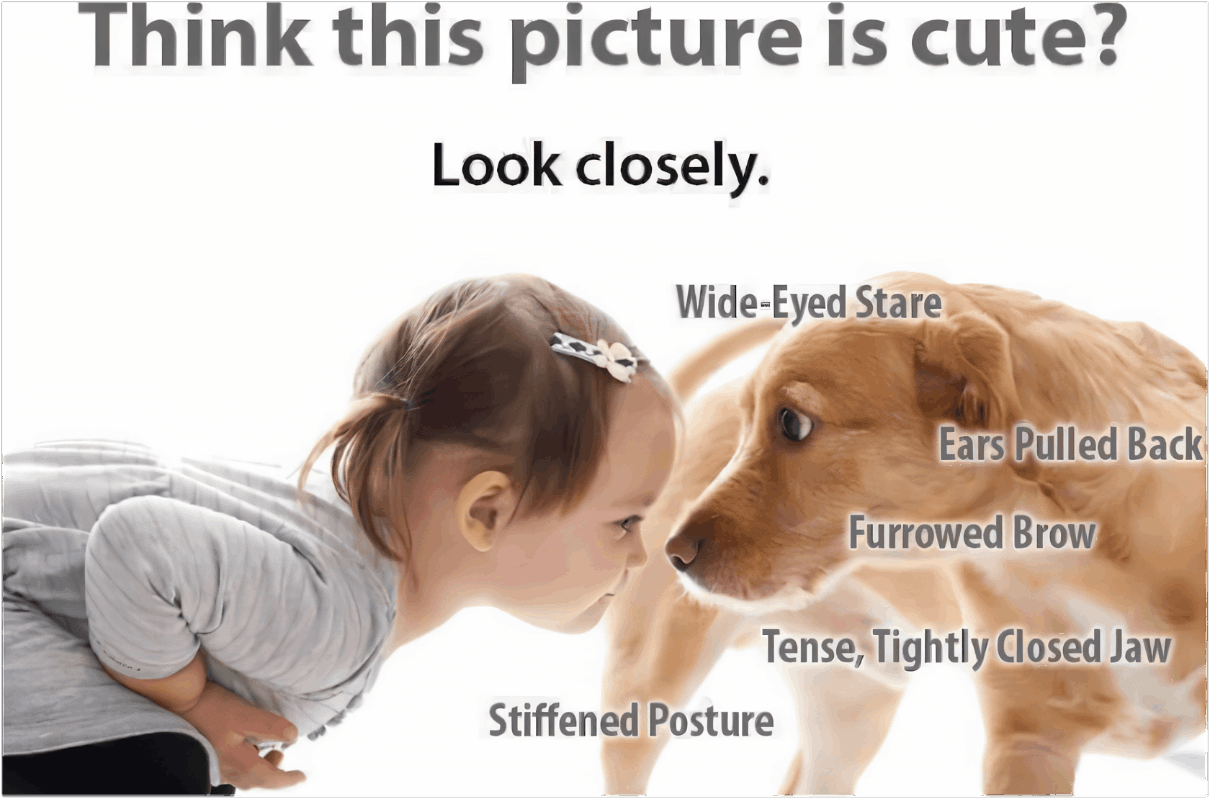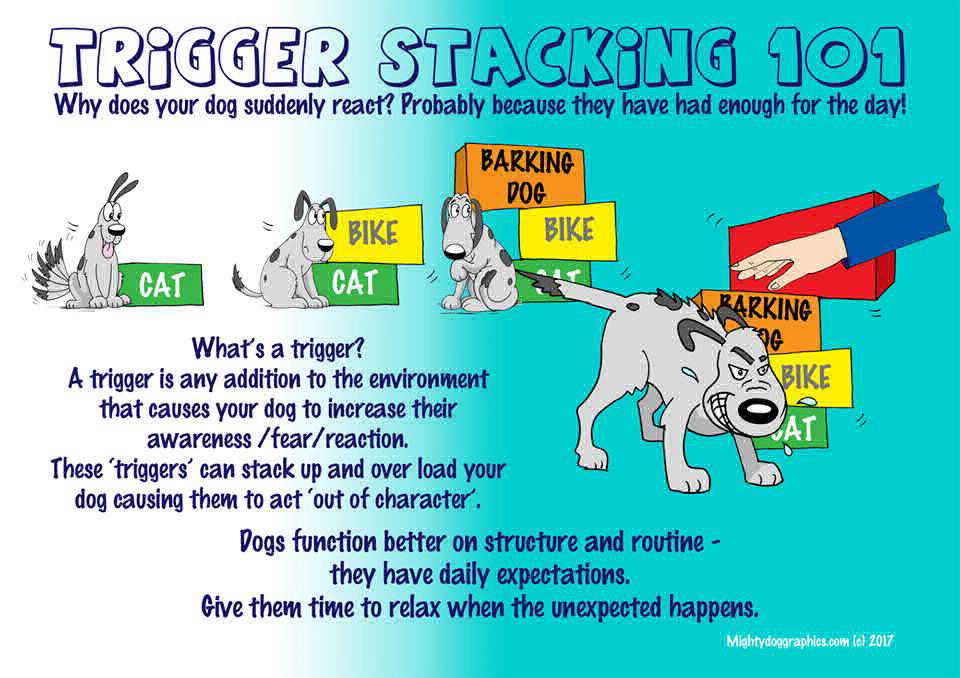
Fear and Aggression
Fear is a protective emotion prompting the dog to either flight or fight the danger. Dogs can become afraid of an item they have not previously had any negative association to. During young dogs development, they will go through two distinct fear periods from between birth to 18 months. Between 8 and 12 weeks they can go through the ‘impact fear’ period, this is when they are learning to make sense of the world around them and distinguishing between safety and danger. The next is the ‘adolescent fear’ period also known as ‘the fear of situations’ period, at 6 to 14 months, often occurring during sexual maturity.
These fear phases are temporary unless handled incorrectly. Positive reinforcement is an essential tool to change the negative emotion to a positive experience, using praise or reward when the dog is scared. In addition to positive reinforcement, you must also remain calm and cheerful to demonstrate ‘there is no danger’.

